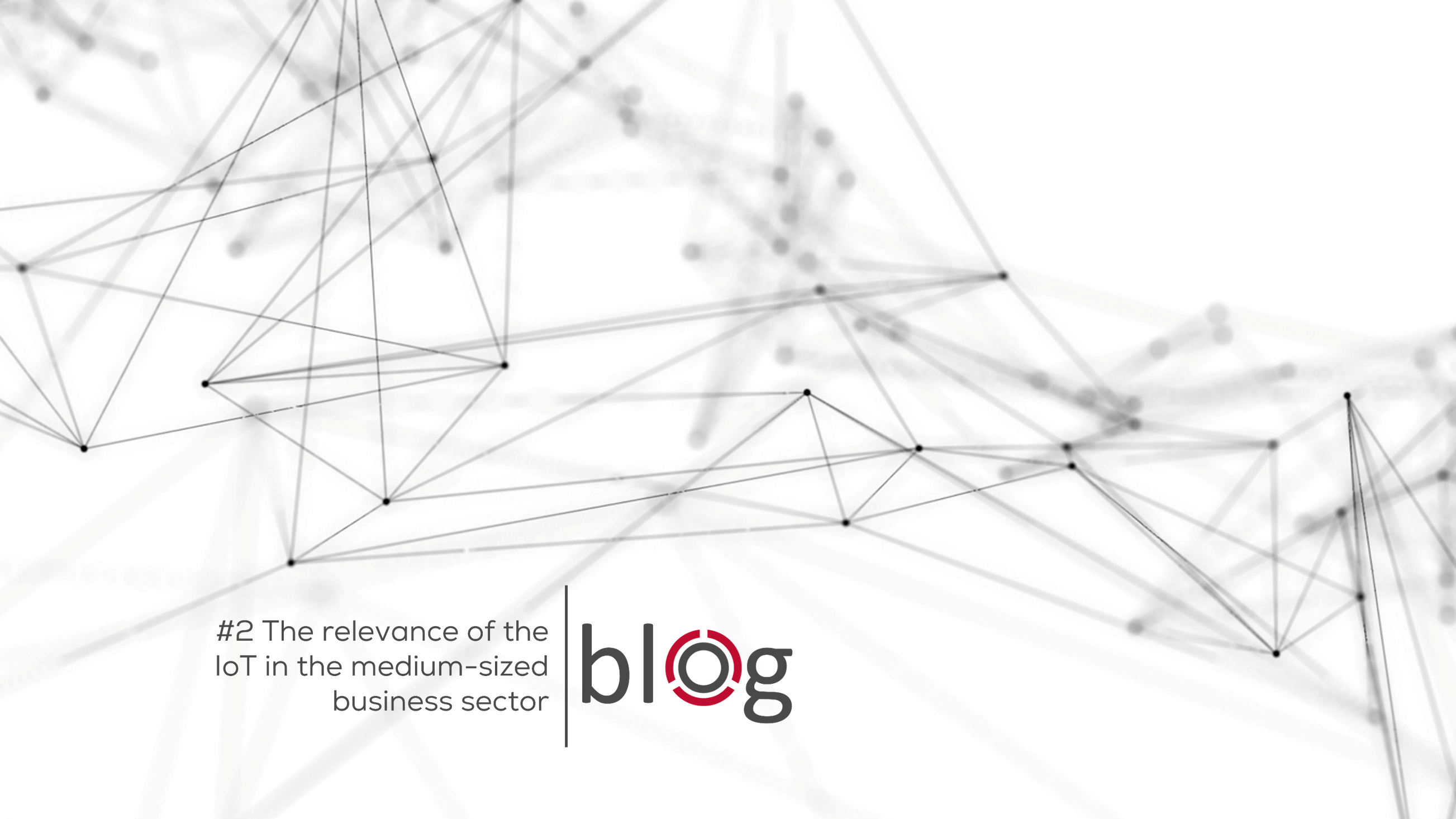The relevance of IoT in the medium-sized business sector

International corporations have already been benefiting for years from the increasing networking of their products as part of the IoT. From fitness wristbands and smart assistants to the networking of vehicles, more data is being generated and used than ever before. But how can German SMEs also benefit from these technologies?
What is IoT?
Experts still disagree on a generally accepted definition of the Internet of Things (IoT). Basically, however, the Internet of Things focuses on the intelligent networking of a wide variety of devices with each other, which goes hand in hand with opportunities for automating and facilitating processes. There are no limits to the range of applications for the Internet of Things. Intelligent networking is already being used in a wide variety of areas. The range extends from use in conventional everyday objects such as fitness wristbands to the connection of industrial machines and systems through M2M communication in the course of Industry 4.0. What all areas of application have in common is data transmission via the Internet.
How does it work?
The Internet of Things is based on intelligent devices that can communicate with each other via microprocessors and the Internet. These smart devices are equipped with sensors that enable them to generate data from their environment. The data collected in this way is evaluated to derive actions. The evaluation takes place either on the device itself or by forwarding the data via various (edge) gateways in a cloud. By means of a unique IP address, the devices can be uniquely identified, enabling them to send and receive relevant data and commands. Which sensors, communication technologies or protocols are used in your IoT device depends largely on the individual area of application.
Why is the topic of IoT relevant for medium-sized businesses?
The general answer is quite simple: costs can be significantly reduced and competitive advantages generated. In the course of technological progress, microprocessors – apart from current supply bottlenecks – are becoming cheaper and cheaper, opening up more and more application possibilities. It is not simply a matter of equipping as many devices as possible with sensors that generate meaningless data of no added value. The generation of data, the communication between devices and the evaluation of these should help pave the way for completely new business models to offer customers added value.
One of the most common use cases is predictive maintenance. The integration of sensors in machines allows even the smallest deviations from the normal state to be detected. As a result, an algorithm in the system is able to detect tool wear, predict machine failures and proactively initiate maintenance measures. This leads to less production scrap, improved maintenance intervals and thus helps to reduce production and maintenance costs.
However, not only machines can be equipped with intelligent technology, but also tools, vehicles or buildings. By using a wide range of sensors, asset management can help automate and optimize processes. On the one hand, this generates new benefits for the company, such as tracking deliveries or improving maintenance schedules. On the other hand, the customer is offered new added value through apps, automated evaluations and additional services such as subscriptions.
As a provider of holistic system solutions, we accompany you from the initial idea to the serial production of your individual IoT application. Do not hesitate and contact us today.
Sind Sie bereit mit uns den
nächsten Schritt zu gehen?
Nehmen Sie jetzt mit uns Kontakt auf und lassen Sie uns gemeinsam das volle Potenzial der Digitalisierung nutzen.
trescore GmbH
Burtenbacher Str. 12
86505 Münsterhausen
0 82 81 - 50 899-40
info@trescore.de


